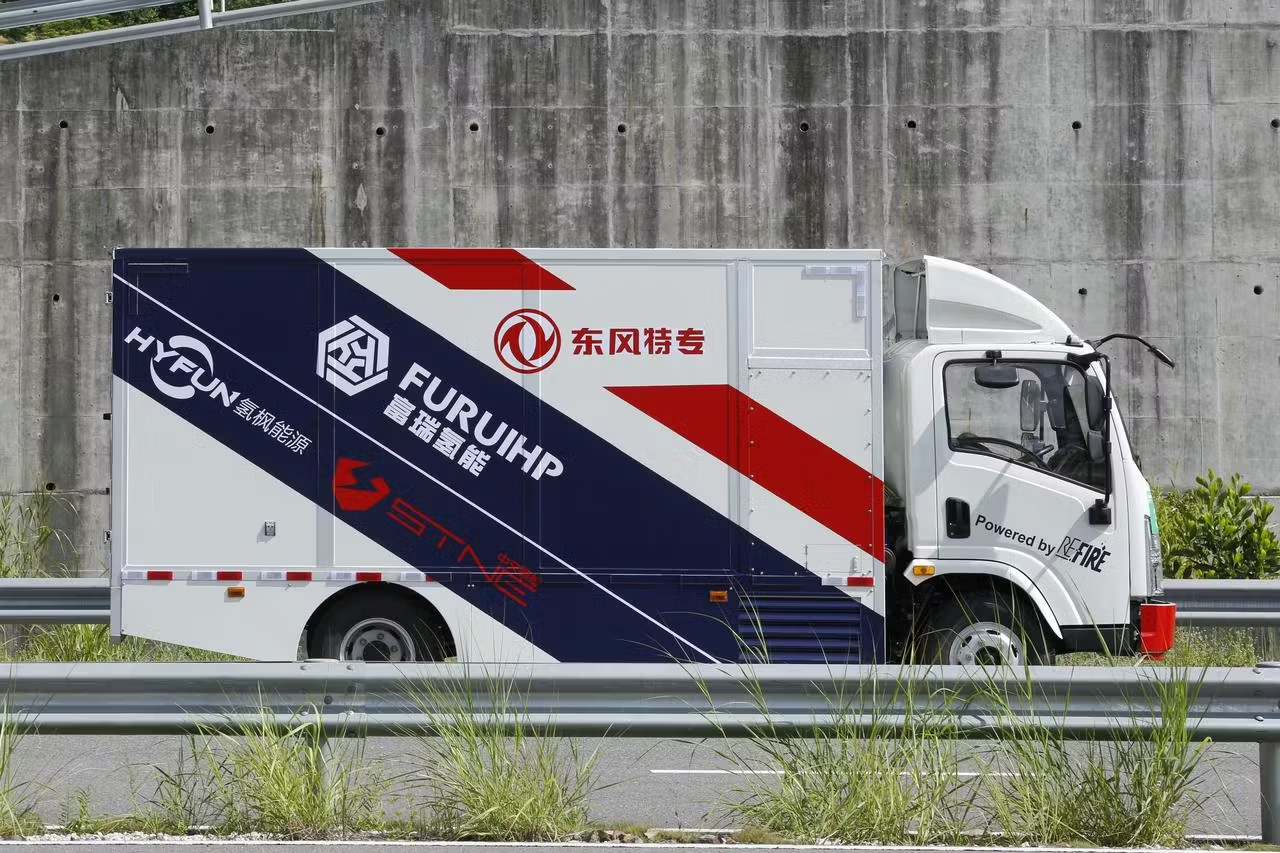
Over 800 hydrogen-powered vehicles hit the road in the first quarter of the year. A 46% increase, according to the China Association of Automobile Manufacturers (CAAM).
On a national scale, this is obviously very low, especially since 10,546 electric trucks were sold during the same period ( up by 146%). However, these volumes are far higher than in any other part of the world. And hydrogen mobility is just getting off the ground. Of the 801 fuel cell vehicles, 359 were trucks (45% of the total) and 162 were buses.
Aside from this information, published by the China Hydrogen Bulletin, the specialised website Automotive News is concerned about China’s leadership over the United States in the hydrogen industry. According to the article, Beijing is looking to dominate another sector in addition to batteries. And mentions the example of Refire, which is expecting a surge in demand. Instead of producing 1,000 fuel cells a year for trucks and buses, the company plans to increase its volumes 20-fold from 2024 onwards. It currently boasts an array of fuel cells ranging from 117 to 600 kW, which it is exhibiting at the Hydrogen + Fuel Cells Europe show in Hanover.
Do you want to learn more about hydrogen in China and around the world? Then our latest articles on the country should interest you. You can access all of our China-related articles here.
Are you a LinkedIn user who would like to follow the latest hydrogen news on a more regular basis? Then our LinkedIn weekly newsletter may be what you’re looking for. You can subscribe to it here.
Article written by Laurent Meillaud and translated by Mariem Ben Tili





